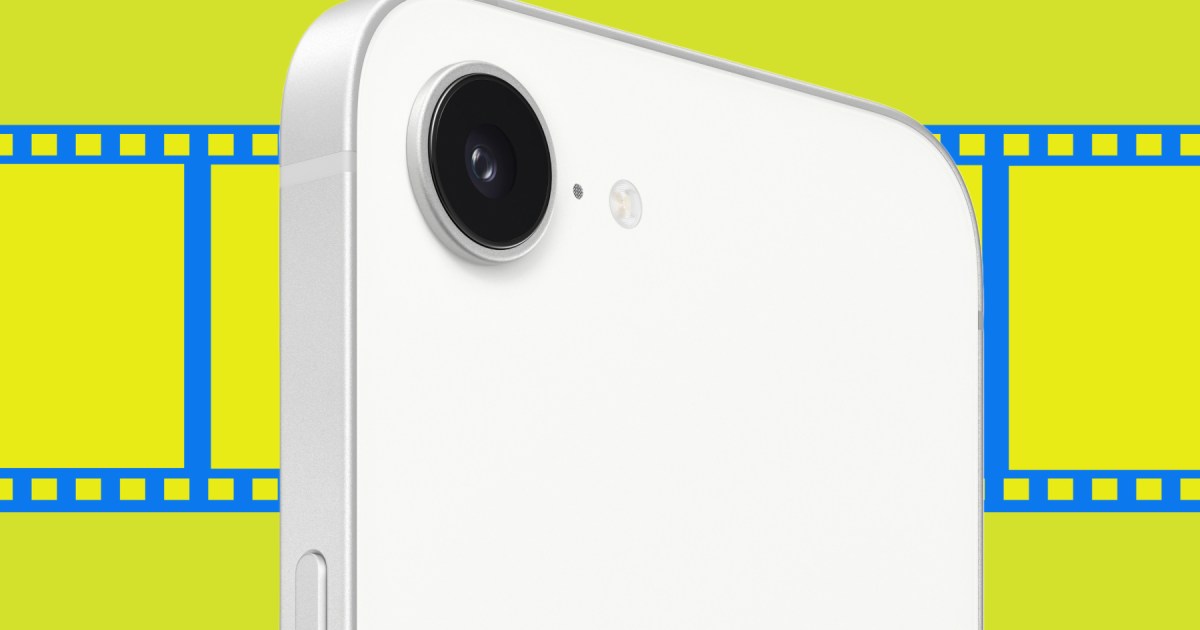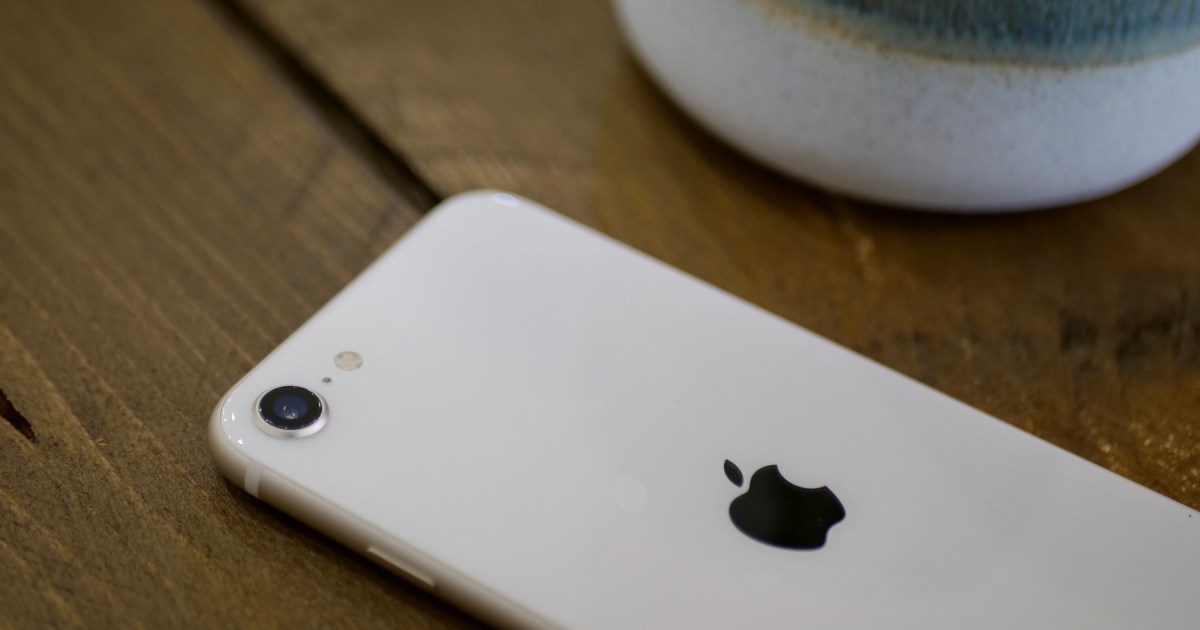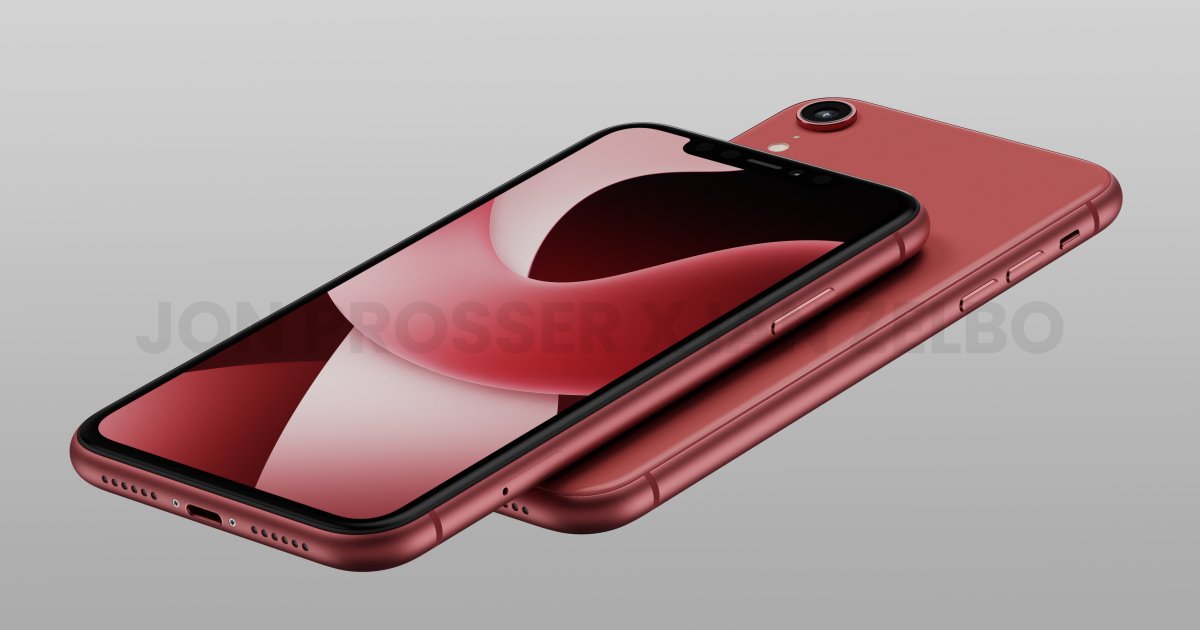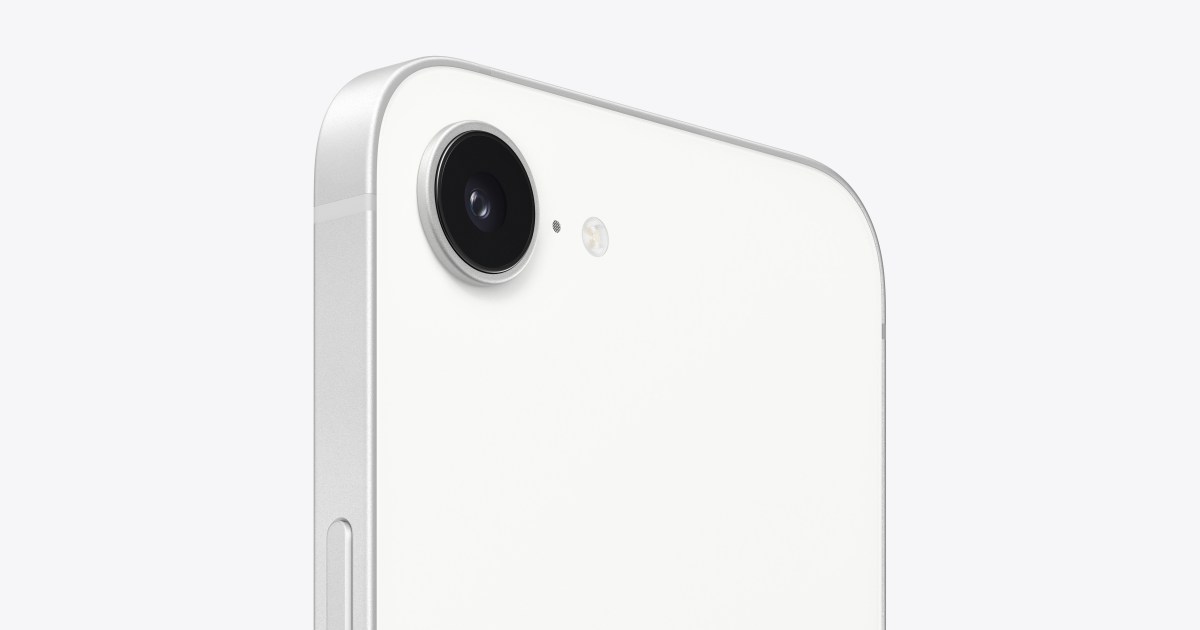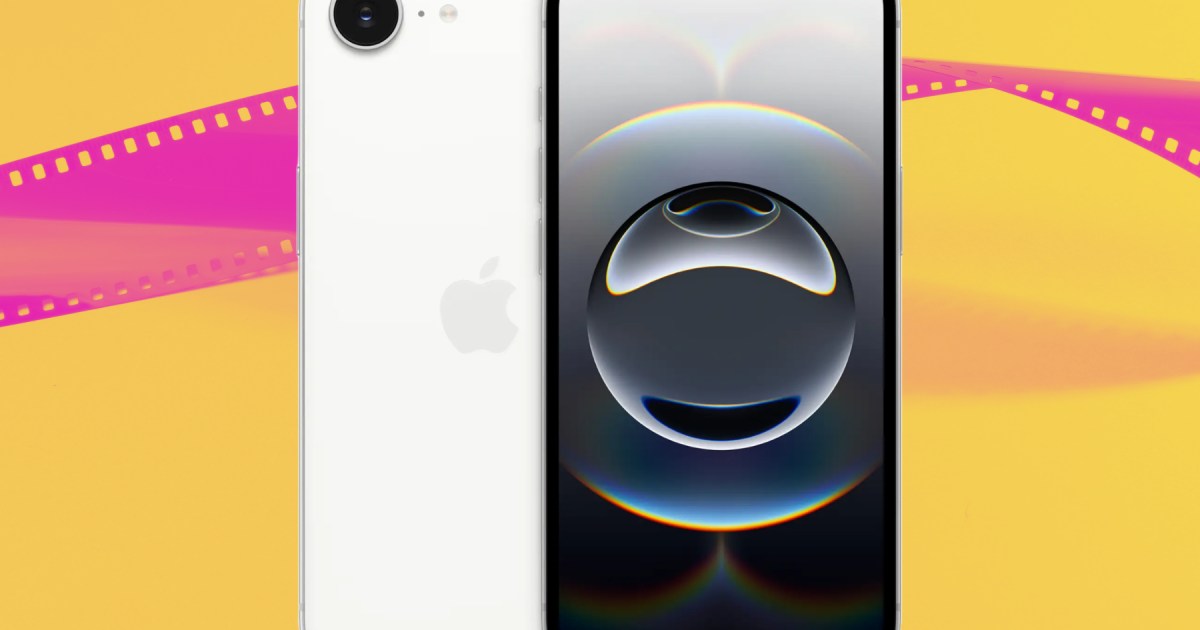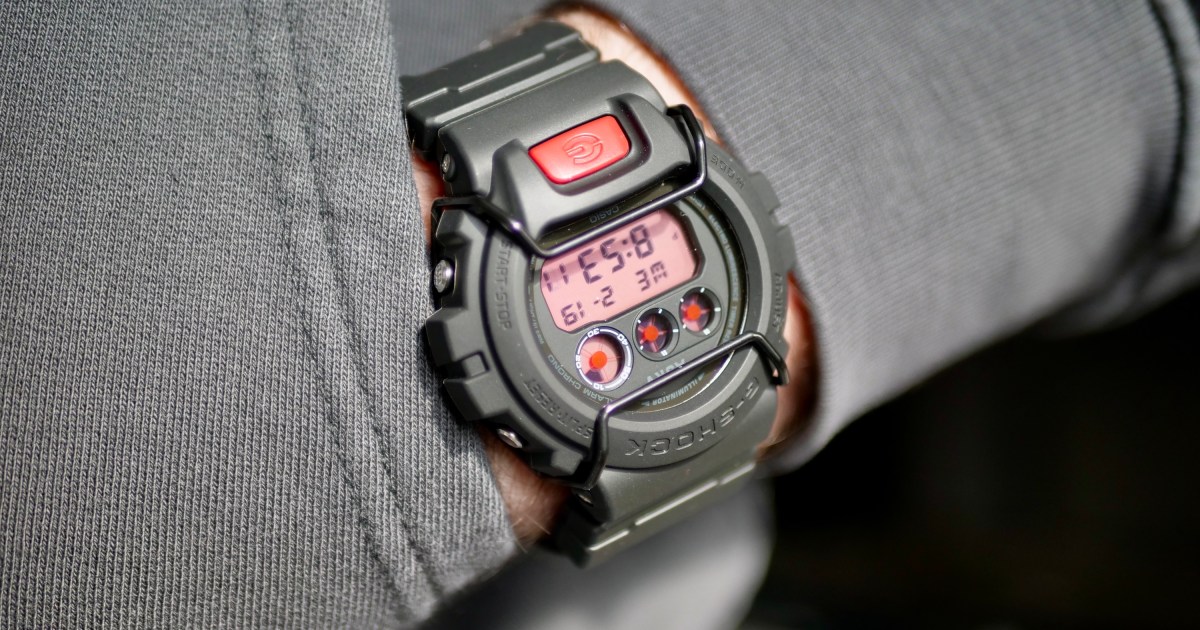The iPhone 16e, Apple’s latest entry-level smartphone, promises a new era. However, this “new era” might not be so exciting for consumers, especially regarding its camera. While the “SE” lineup is retired and the phone boasts a new 2-in-1 Fusion camera system, a closer look reveals some significant compromises. The 48-megapixel rear camera, a notable upgrade from the iPhone SE’s 12-megapixel sensor, also offers 2x zoom. While matching the iPhone 16’s megapixel count, the 16e lacks several key features, even falling behind the discontinued iPhone 14 in some areas.
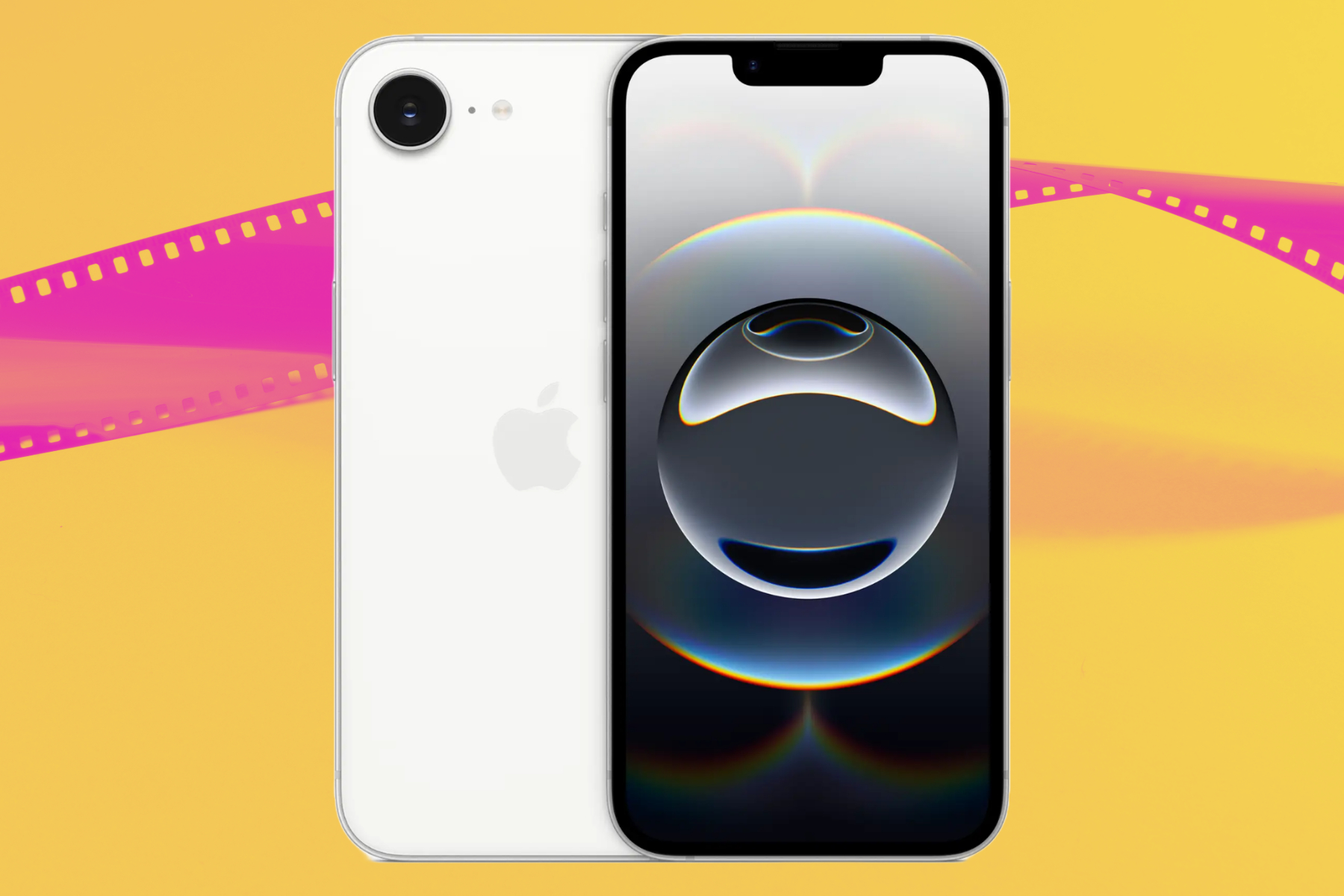 Rear and front profile of the iPhone 16e
Rear and front profile of the iPhone 16e
Missing Key Stabilization and Software Features
Beyond the raw megapixel count, the iPhone 16e’s camera setup reveals some concerning omissions. First, it utilizes standard Optical Image Stabilization (OIS) instead of the more advanced sensor-shift stabilization found in iPhones since the 13. This could impact image quality, especially in low-light conditions.
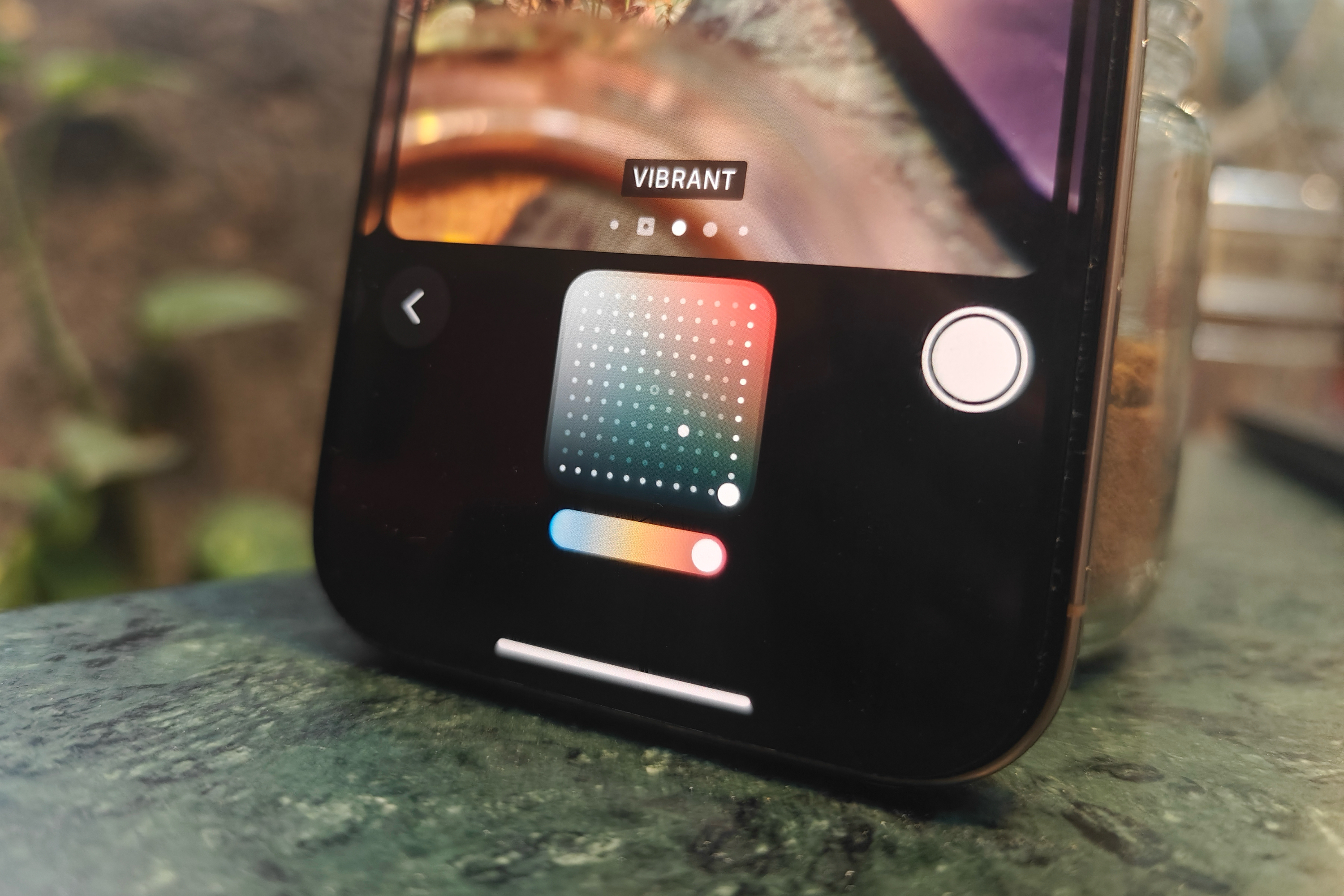 Control pad to adjust Photographic Styles on iPhone 16 Pro.
Control pad to adjust Photographic Styles on iPhone 16 Pro.
Furthermore, the 16e lacks the latest Photographic Styles feature introduced with the iPhone 16. This feature allows users to customize image tone, color, and intensity, providing greater creative control. The absence of this feature, along with the convenient D-pad control system for post-capture adjustments, is a noticeable drawback. Another missing feature is macro photography, a capability that allows for detailed close-up shots.
Compromised Portrait Mode and Video Capabilities
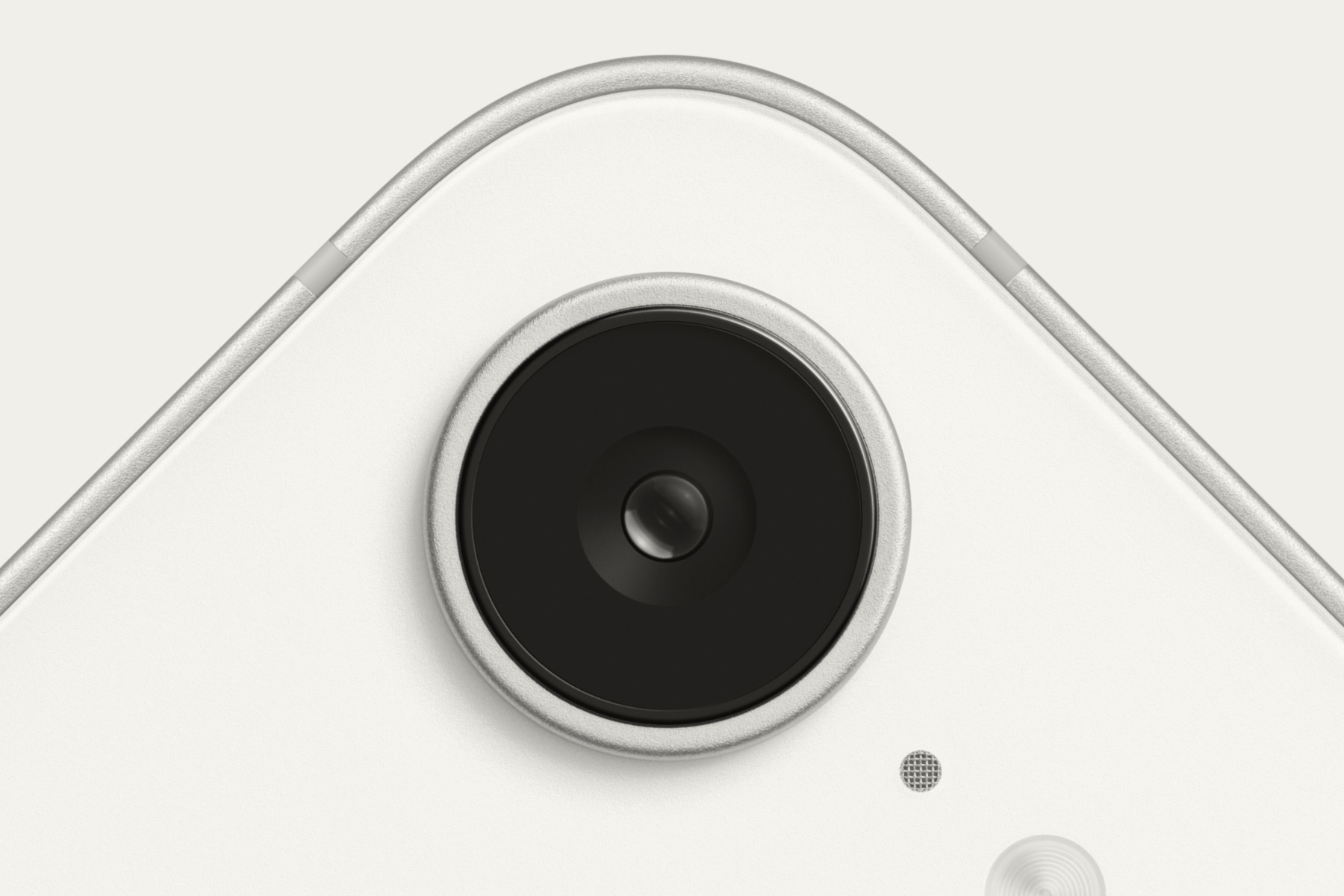 Close-up view of the iPhone 16e rear camera
Close-up view of the iPhone 16e rear camera
The iPhone 16e also compromises on portrait mode. While offering bokeh control, it lacks the next-generation portrait mode features available on iPhones since the 15 series. These features include adjustable depth of field, focus point control, and automatic subject recognition for humans and animals. This limits the creative possibilities for portrait photography.
In terms of video recording, the 16e omits Action Mode, a feature introduced with the iPhone 14 that enables smooth, stable handheld videos. It also lacks support for Spatial Video recording and macro capture in both time-lapse and slow-motion modes. While QuickTake is present, it’s limited compared to the iPhone 16, lacking 4K 60fps recording with Dolby Vision HDR.
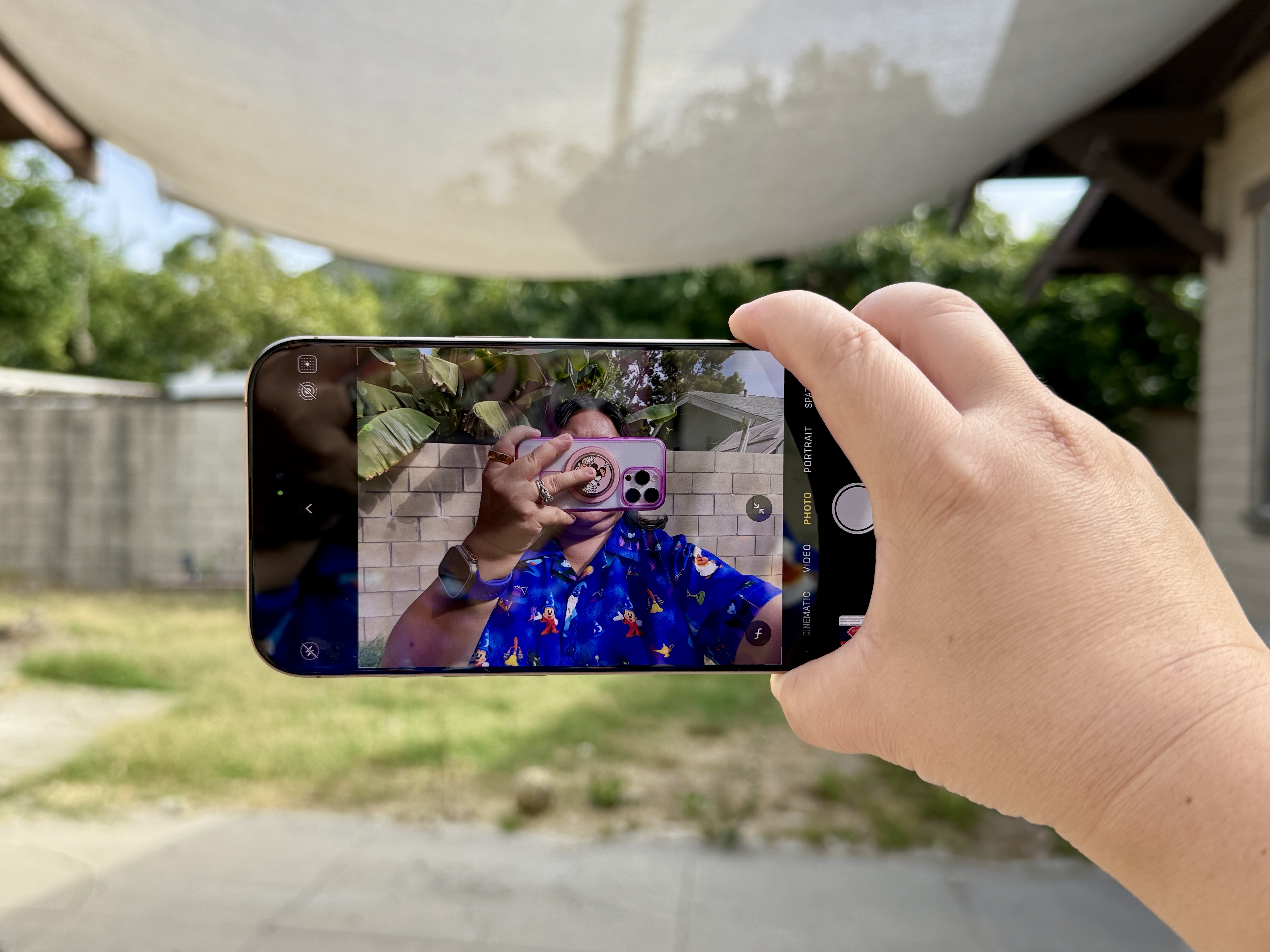 iPhone 16 Pro Max in Desert Titanium.
iPhone 16 Pro Max in Desert Titanium.
Cinematic Mode, another key feature for creating videos with depth-of-field effects and smooth focus transitions, is also absent. This feature, introduced with the iPhone 13, allows for professional-looking video capture and editing, a capability missing on the 16e.
Questionable Value Proposition
 Close-up view of the iPhone 16e rear camera
Close-up view of the iPhone 16e rear camera
The iPhone 16e’s camera limitations raise concerns about its value proposition, especially given its price point. Competitors like Google, Samsung, and Motorola offer more versatile camera systems with multiple lenses and advanced features at similar or lower prices. This makes the 16e a less compelling choice for consumers prioritizing camera capabilities.
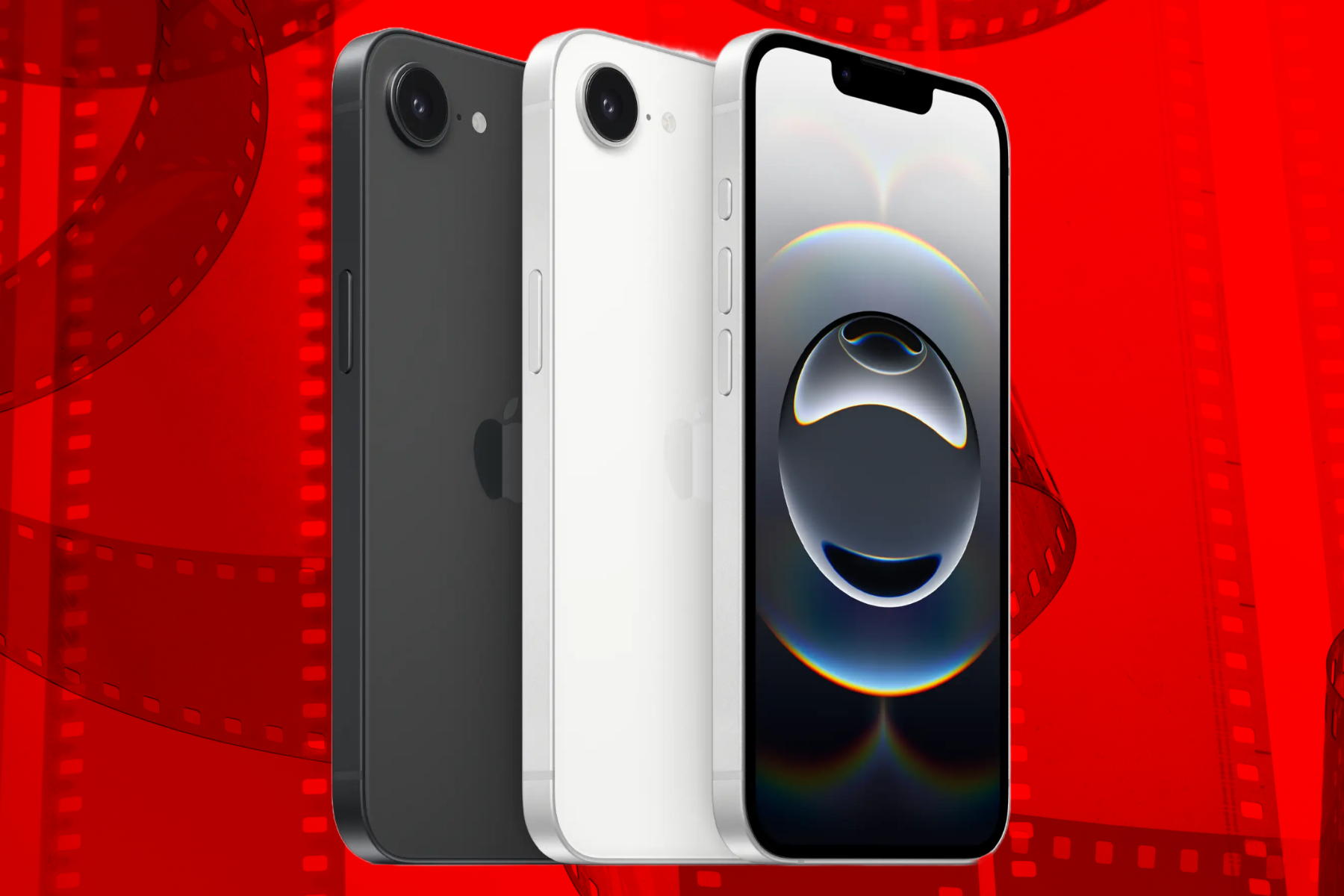 iPhone 16e depicted in black and white colors
iPhone 16e depicted in black and white colors
For budget-conscious Apple users, older models like the iPhone 15 or refurbished iPhones offer more advanced camera features for a similar price. In markets like India, where the 16e carries a higher price tag, its value proposition is further diminished compared to competing Android devices. Ultimately, the iPhone 16e’s camera feels like a step backward, failing to deliver the photographic experience expected from an Apple smartphone.



